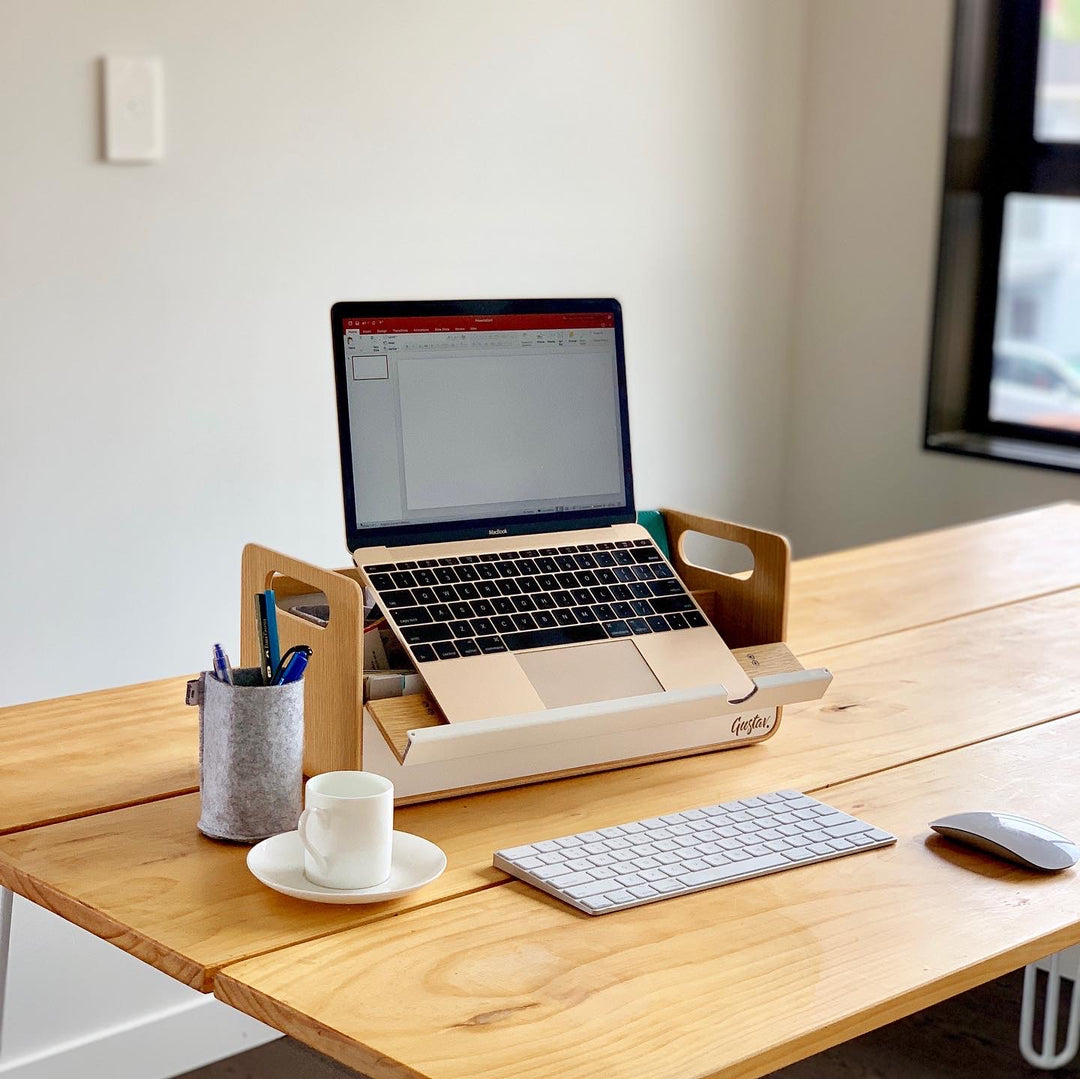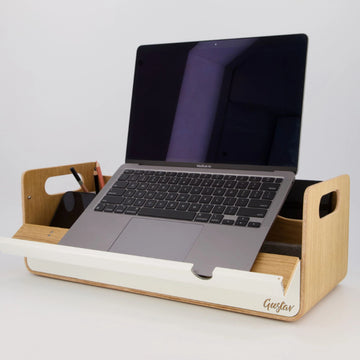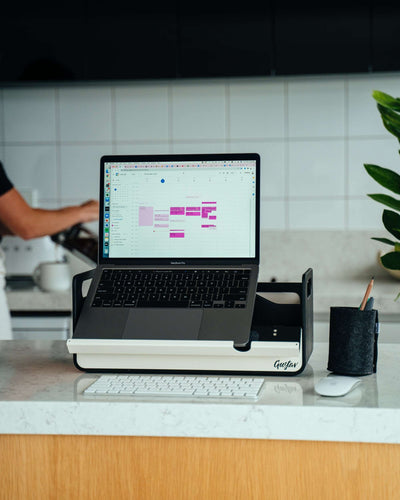Journal
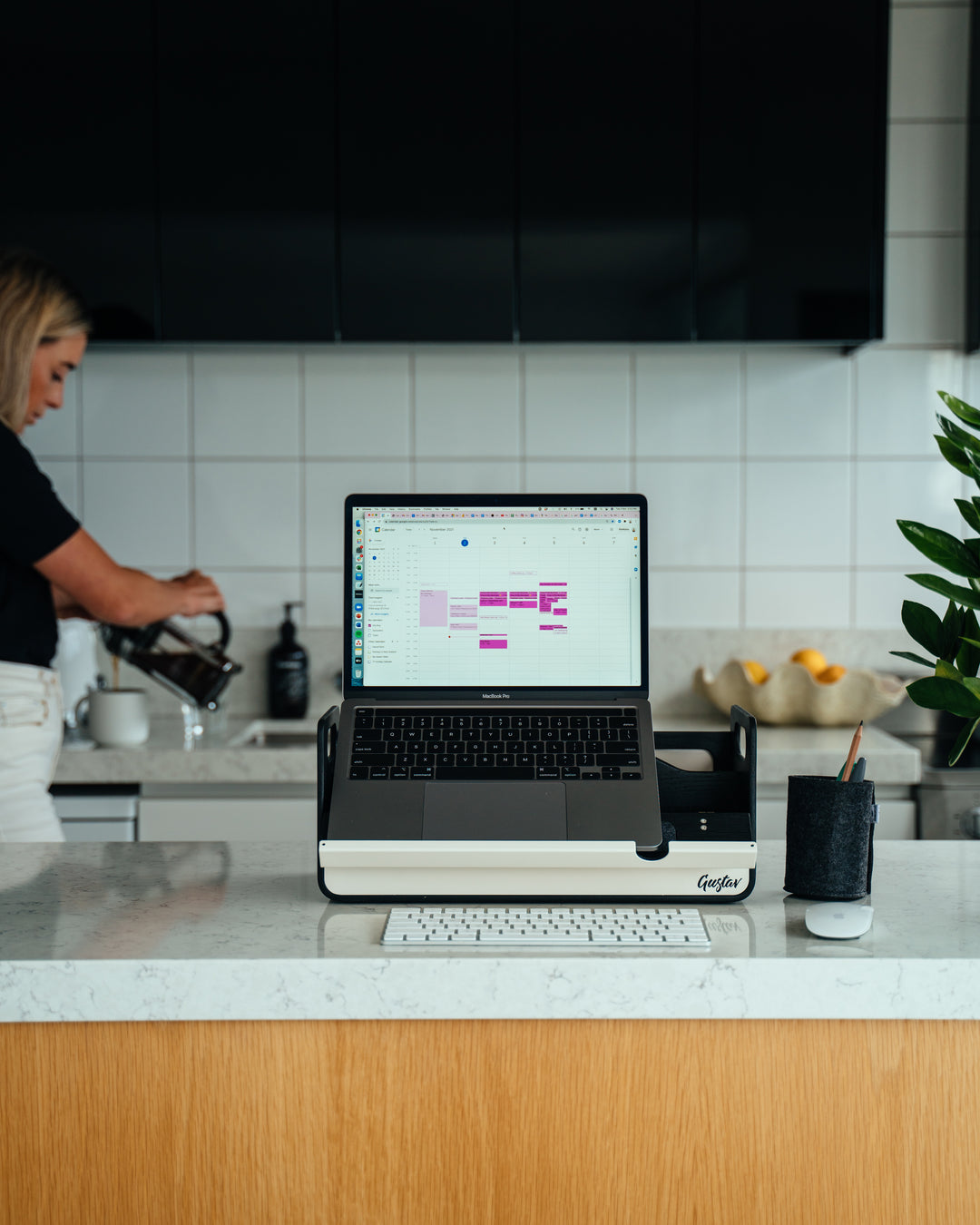

The advantages of Activity Based Working are well documented: staff feel more trusted and therefore more motivated; the amount of space required is reduced which can allow for real estate savings or ‘spaceless growth’, and quality of work improves as employees can collaborate or remove distractions more effectively.
Switching to a new way of working is never easy, and the importance of a well thought through change management process cannot be underestimated.
In our latest blog post, we share best practice of what a change management process looks like and how Gustav can help as a tool.
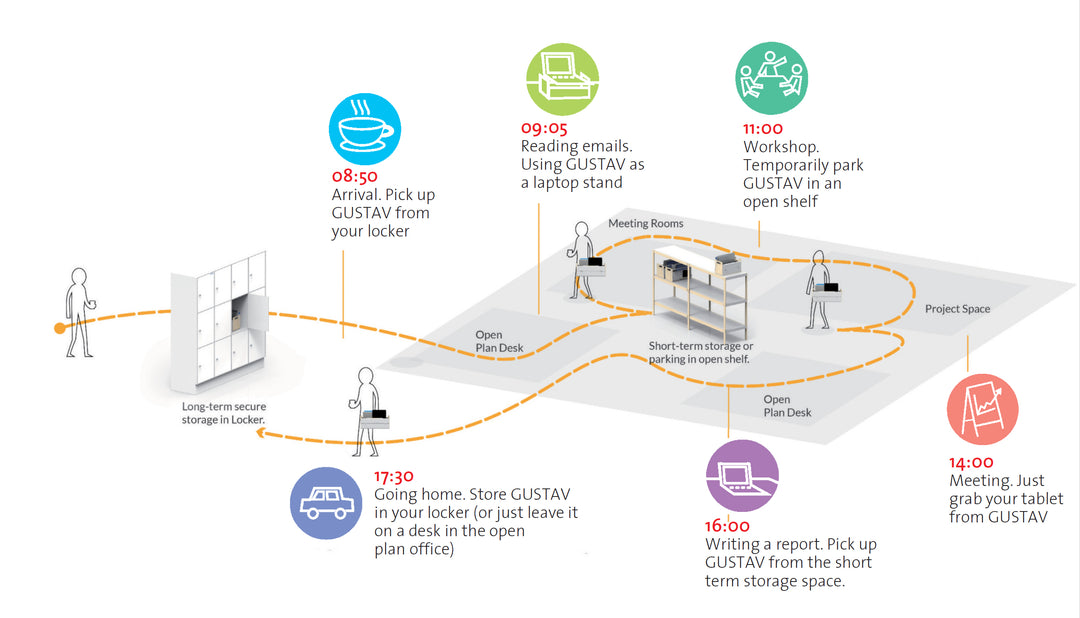
What is activity based working?
Activity Based Working is a way of designing a workplace in order that it provides physical spaces appropriate for the range of tasks that employees might carry out. Typical examples of ABW spaces are quiet rooms for focused work, bookable meeting rooms, spaces such as breakout areas and café-style booths for more informal collaboration, and so on.
A key principle behind the ABW approach is to acknowledge the effect that space has on how we feel and how well we are able to work - a stark contrast to the more traditional fixed desk way of working.
